Bob Dylan And The Band: The Basement Tapes And The Road To ‘Big Pink’
Bob Dylan and The Band played some of the most controversial music in history, then laid the groundwork for Americana, leaving an insurmountable legacy.
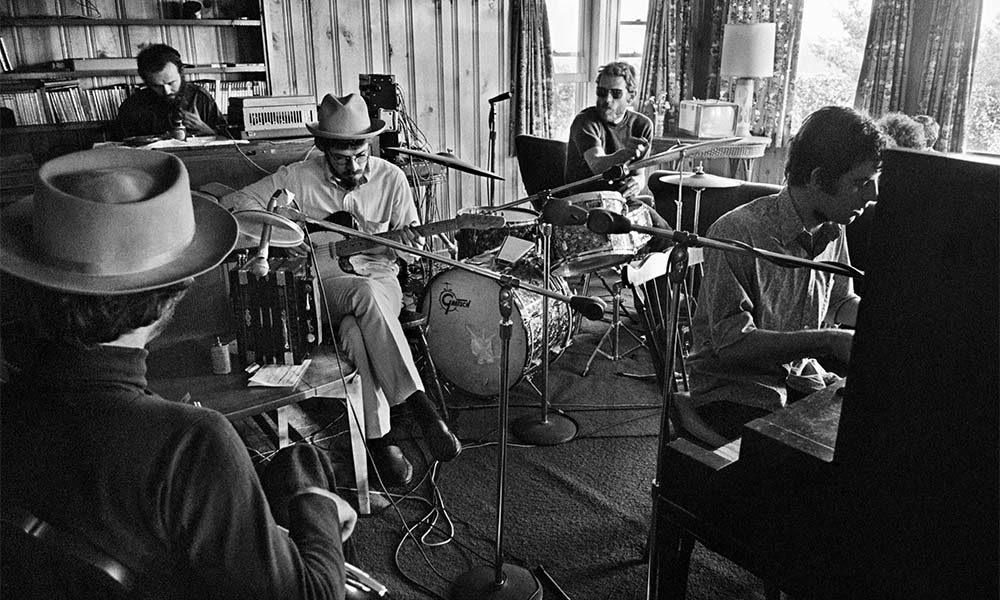
The careers of Bob Dylan and The Band are gloriously and inextricably intertwined. Their collaborations had a creative energy that produced some of the finest popular music of the 20th Century. Though the original members of the latter – Robbie Robertson, Rick Danko, Levon Helm, Garth Hudson and Richard Manuel – were master musicians in their own right, it was hooking up with Dylan that brought them global attention.
All five had played together with The Hawks (the backing band for Canada-based singer Ronnie Hawkins), and Danko said they first met in unison when Dylan went to hear them play in Toronto, after drummer Helm had suggested they were a good fit for the new backing band Dylan wanted. Danko recalled: “We played a bunch of instrumentals that night and we started touring soon afterwards.”
At that stage, the members of The Band (as they later became known) did not know much about the 24-year-old who had already written “Blowin’ In The Wind” and “A Hard Rain’s A-Gonna Fall.” As Robertson admitted: “We weren’t folk music savvy.” But they were quickly won over by the quality of his songwriting; Robertson recalled them being particularly impressed by his protest song “Oxford Town.” More than four decades later, the guitarist was still extolling Dylan’s brilliance. When this writer interviewed him in 2013, he said simply: “Bob Dylan is as influential as any artist that there has ever been.”
Putting their heads in the lion’s mouth
What the guitarist could not have known back in 1965 was that, together, Bob Dylan and The Band were about to embark on one of the most controversial tours of the 20th Century. Dylan’s new electric sound angered the folk music purists, who shouted abuse at the singer, exemplified by the remarkable night in Manchester, in 1966, when Dylan was berated with the cry of “Judas!”
“It was so ugly and so bad every night,” Robertson said. Dylan seemed unfazed, telling the band on that night to just “play f__king loud”, before launching into a souped-up “Like A Rolling Stone.” Dylan, who was playing a new black Telecaster guitar suggested by Robertson, later said the tour felt like they had been “putting our heads in the lion’s mouth”.
The trip had been grueling and, by the end of it – no doubt exacerbated by a reported reliance on amphetamines – Dylan was drained. Despite his poor health, there was a feeling among the musicians that the partnership between Bob Dylan and The Band would continue. Robertson even remembers Dylan’s then manager, Albert Grossman, suggesting to them that they should “do a record of Bob Dylan’s songs as instrumentals” following the tour and Danko and Robertson’s studio work on Blonde On Blonde.
Though that instrumental album never got off the ground, what happened next cemented Bob Dylan and The Band’s place in music history. Following Dylan’s motorcycle accident in August 1966, when he retreated to Woodstock, The Band rented a small house in nearby West Saugerties and began making the sort of music they wanted to.
Danko said renting the house they dubbed “Big Pink” (after the color of the outside walls) cost them $250 a month, but the location guaranteed them privacy. They installed a two-track recording machine in the basement. “Before I noticed it, Bob Dylan was coming six, seven days a week,” said Danko. “If we were sleeping he would get us up and make some coffee and be in the living room, banging out hundreds of songs on the typewriter.”
It was a remarkably productive period. Bob Dylan and The Band (as the group was now officially known) recorded more than 100 songs, some of which were released in 1975 as The Basement Tapes, before the arrival, in 2014, of The Bootleg Series Vol.11: The Basement Tapes Complete. The songs included “I Shall be Released” and the haunting “This Wheel’s On Fire,” which was co-written by Danko and Dylan. “I wrote the music on piano, and the phrasing, and Bob wrote the verses,” Danko recalled. “The more we got together, the more we put into it, the more we got back from it.” The Band would later record their own versions of both songs.
Dylan knew The Band was more than just his musical sounding board. During this period, he saw their own songwriting abilities emerge. Out of this time came much of the brilliant Americana music that ended up on The Band’s epochal debut album, Music From Big Pink, which was recorded early in 1968 and released on July 1 that year. The album, which featured guitarist Robertson’s masterpiece, “The Weight,” had a massive influence on musicians such as Eric Clapton and Roger Waters; its legacy has recently been cemented with the release of a 50th-anniversary super deluxe box set.
Though Dylan initially offered to sing on the Capitol Records album, in the end he decided it would deflect attention from The Band’s own musical statement. Instead, he contributed the co-written song “Tears Of Rage” (written with Manuel) and the cover artwork – a painting of the five musicians (and a woolly mammoth) on the Danko family chicken farm.
After the success of Music From Big Pink, The Band went on their own tour. Though Bob Dylan and The Band would continue to perform together on occasion – including in August 1969, at the Isle Of Wight Festival – the next few years saw The Band do their own thing. For Capitol they recorded The Band (1969), Stage Fright (1970), Cahoots (1971), and Moondog Matinee (1973) before embarking on another major collaboration with Dylan.
In the early 70s, Robertson had moved to Malibu and was hanging out with Dylan when talk returned to working together again. “It was a kind of a step into the past, but we quickly decided it was a good idea and a new day,” recalled Robertson. The first result was the album Planet Waves, which was recorded in under a week in November 1973.
“We didn’t get any bottles thrown at us”
Bob Dylan and The Band also embarked on a major reunion tour to promote the album. The 40-concert, 21-city expedition, across January and February 1974 (which was documented on the live album Before The Flood), was one of the most in-demand tours in rock history. More than five million postal orders were sent in for a total of 650,000 tickets. “The whole thing was a high. It was smooth and tasty and a lot of fun to do… and we didn’t get any bottles thrown at us,” said Robertson.
Despite being Dylan’s first tour for nearly eight years, the format also reflected The Band’s status as an attraction in their own right. In the middle of each set, Dylan took a break so that Helm and co could perform their own crowd-pleasing songs such as “The Night They Drove Old Dixie Down” and “Up On Cripple Creek.”
After two more albums for Capitol – Northern Lights – Southern Cross and Islands – The Band in its original incarnation folded, following their final show with Robertson, which was lovingly filmed by Martin Scorsese for The Last Waltz. The concert, held at Winterland Ballroom, in San Francisco, marked a high point in music-documentary filmmaking. It featured memorable performances by guest stars that included Dr. John, Eric Clapton, Ringo Starr, Muddy Waters, Joni Mitchell and Van Morrison. Dylan also stepped on stage to sang six songs, including “Forever Young.”
After that film, The Band survived in various formats. Danko and Helm, along with newer members Jim Weider and Randy Ciarlante, appeared at The 30th Anniversary Concert Celebration, in 1992, which celebrated Dylan’s three decades in the music business.
In July 1999, Danko played bass and sang “One Too Many Mornings” on the tribute album Tangled Up In Blues: Songs Of Bob Dylan. It was the last recording ever made by The Band; covering a song Bob Dylan and The Band had performed regularly on the 1966 tour seemed an appropriate way to sign off. A few months later, Danko was dead at the age of 55. The era of The Band collaborating with Bob Dylan was finally over.
But what a legacy they left. As Robertson put it: “It was great. We so enjoyed playing with Bob Dylan, and with him, there was no ego at all.”
The 50th-anniversary super deluxe box set edition of Music From Big Pink can be bought here.








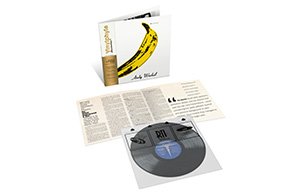
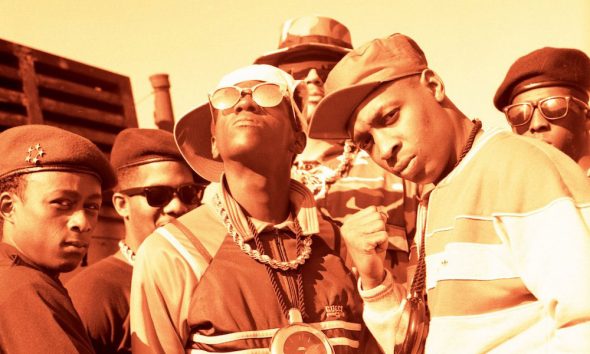
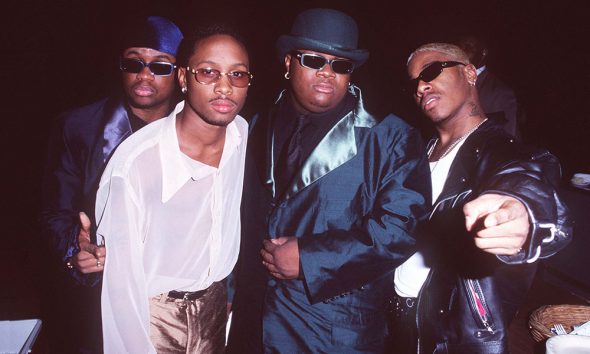
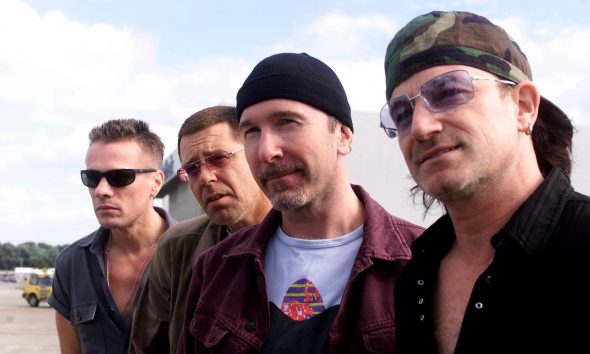



Marco Demel
September 6, 2018 at 9:25 am
Nice summary, Music from the big Pink could grow in the harmony of this “Small Town”, before selfdestruction, drug abuse and in the following divorces got in their way.
This area you left blank, even the struggle around “The last waltz”.
I would like to add The Bands little greeting to Bob Dylan on “Jericho” with Dylan´s Blind Willie McTell´.
jzsnake
September 6, 2018 at 1:00 pm
Always loved Katie’s Been Gone.